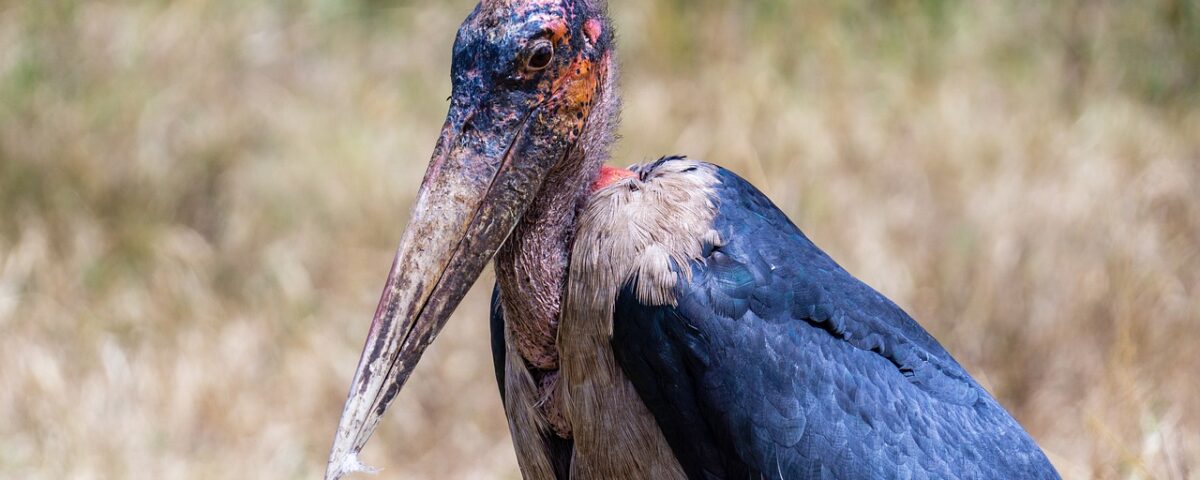Thee Marabou

CROWs – Quite aggressive…aren’t they.
9th July 2016
The 10 most common Kenyan Town Birds
14th September 2016Arguably the largest bird one can see around our urban areas more often than not, with a wing spanning 3.7 meters (largest wing span of any living land bird), 130 cm tall and weighing up to 9 kg. Females are although smaller than males. Being large and heavy, Marabou Stork legs and toe bones are hollow. They are endemic to Africa – South of the Sahara.
In Nairobi, one can easily see the Marabou Stork (Leptoptilos crumeniferus) on Mombasa road around a place well known as Nyayo Stadium (at the time of writing this) as they lazily stand motionless on trees and buildings. Around our towns, you will not miss this bird in major landfill sites as they scavenge for food with their allies the occasional pied crows and the black kites. You will not fail to see its vast wings as they elegantly use thermal up-draughts to give them the needed lift as they fly through our skies. (Sometimes I wonder how ostriches would look above us if they flew)
The Marabou Stork was actually not a town bird (quite a long time ago – source from a very known birder/conservationist Fleur Ng’weno) tourists used to go to the Maasai Mara/Serengeti to observe them as that was the only place they were found in large flocks. They were a big attraction back in the day.
This is not to say they have lost their charm. I would say they have learnt to coexist with us, humans, in our busy on-the-go lifestyles here making them a big town attraction. They have endured the smog from our car exhausts and factories and have seen their homes cut down to prevent branches from causing accidents on our roads or injuring people on walkways and to pave way for billboards. They have ignored our awkward mentality of considering them an ‘ugly’ sight and seem to always say ‘we aren’t going anywhere’. I, personally, find them spectacular.
What would make a bird leave lush green environs (food) and clean fresh air for our polluted urban areas? I would say… Maybe there is less competition for food in our towns – it definitely is not for mates, the food in our towns is easier to get and requires less energy. It’s in plenty due to urban growth and development and they can choose from a variety or better still, have it all. It cannot be the home part since the Mara has plenty of trees and it definitely isn’t the fact that they may enjoy our polluted air and water too.
The Marabou may have found a home in our cities but some still go back to the Mara/Serengeti to enrich themselves with nutrients specifically found there. Like elephants, it seems these birds still remember their way back home.
In their normal environment, you will find them feeding on carrion, blood and faeces after vultures have finished with the carcass although, due to their ill-temper the vultures will on some occasions give way to the Marabous.
Happy birding!
Update: It’s 2022 and it’s not a safe place for the Marabou Stork as their homes are being cut down to pave way for development. They are forced to nest in large numbers on one tree which leads to them destroying pathways and even cars with their acidic urea. This leads to many trees being supposedly trimmed or cut down to reduce the damage. The future for this bird and other birds in Nairobi is uncertain.





2 Comments
[…] Most likely one of the largest town birds with a wing span of 3.7m. Frequently seen nesting in colonies on tree tops. Their feeding spots are garbage dumps in the city as discussed here. […]
[…] Silika has a series highlighting town birds as seen in these articles: the Black-headed Heron, The Marabou Stork, Crows, most common town birds and more. This can be a clue that birds, as well as other creatures, […]